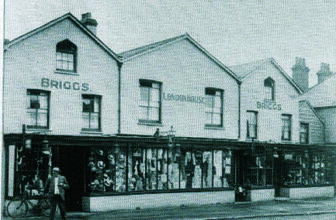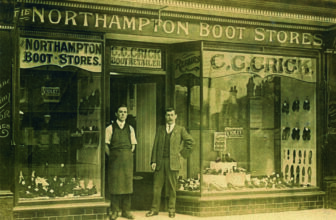
by Joy Horn
What was Cranleigh like 100 years ago? And what was going on?
Here are a few incidents and pictures to give a flavour of life here in 1922.
On February 3rd the much-loved village hospital was reopened by Lord Midleton, following four months’ building work to add a new wing to the ancient fifteenth-century building. It now had a women’s ward, a men’s ward (4 beds), a new small single-bed room and a private ward (2 beds), an operating theatre, a new sterilising room and a new board room. The work was carried out by the local building firm of Warren’s. And the extension cost less than the £3,000 budgeted!
A meeting of the parish council in February made a far-reaching decision: it decided to sell the old building called Cranleigh House, on the south side of the High Street, and to use part of the money to buy the two meadows immediately behind that house. These 5 acres were to become a recreation ground for the village – mainly dedicated to football and tennis. Cranleigh House, previously privately owned, became a hotel.
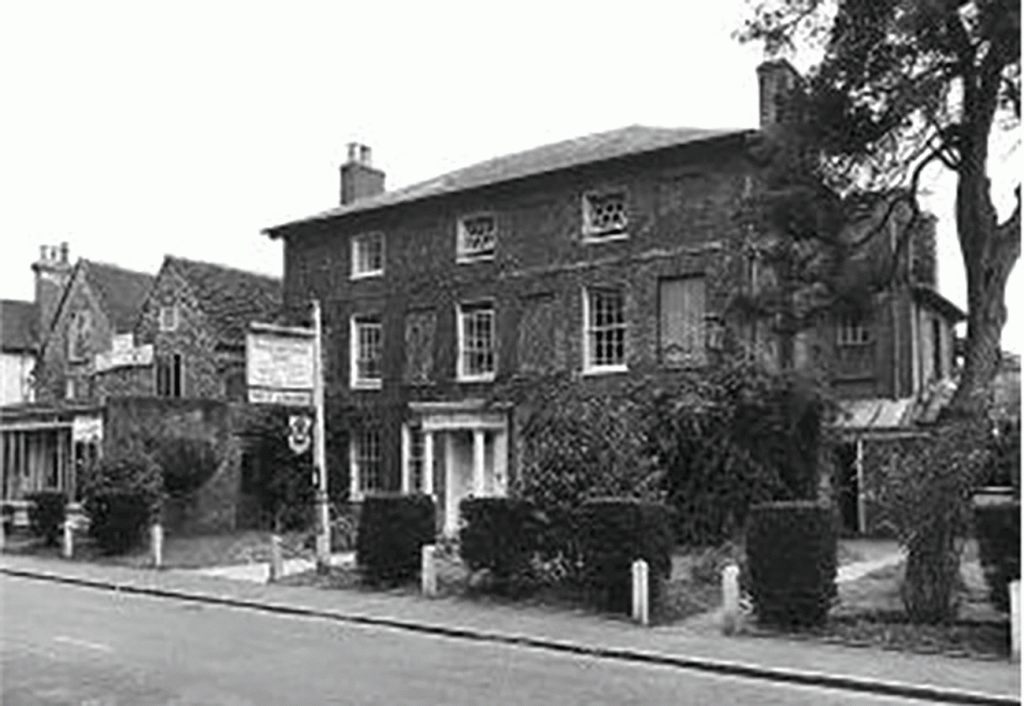
William Welch of Stonewall (now ‘Whiteoaks’), a notable former teacher at Cranleigh School and a County Councillor, died on May 5th, aged 76. Earlier, he had been the guardian and godfather of Kofi Nti, an Ashanti prince sent by the Colonial Office as a pupil to Cranleigh School in 1875.
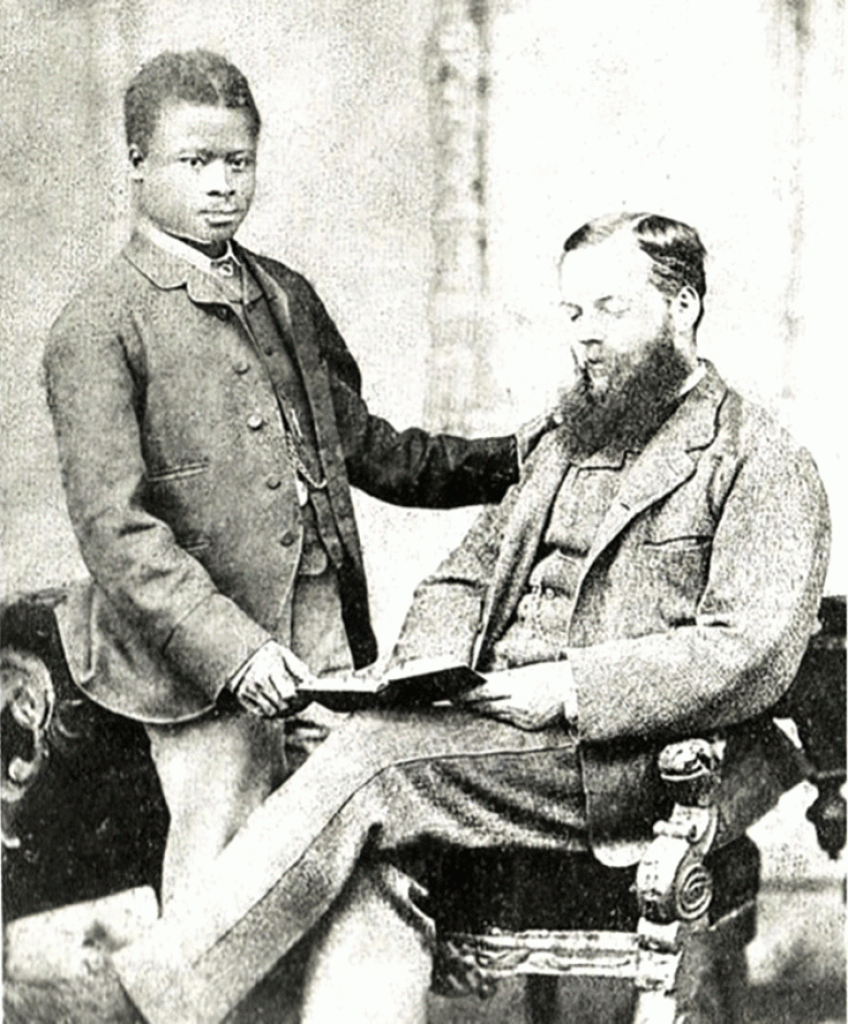
Kofi Nti (left)
The first-ever Rectory Fête was held on Wednesday June 28th – on a Wednesday because it was early-closing day. The Cranleigh Brass and Reed Band performed, and the day closed with the National Anthem being sung at 8.30pm. Unfortunately, it rained, but £275 was raised for the village hospital extension. The Rectory Fête was viewed as a success and it became an annual event from this time onward.
On August 13th there was a serious fire at Parsonage Farm, Ewhurst Road. It required the Guildford Fire Brigade to come to the assistance of the Cranleigh force before the fire was put out. Walter Corin, the photographer based at ‘The Studio’ near the Obelisk, was on hand to take some spectacular photos. A.B. Johnston, of New Park Farm, who had bought Parsonage farm (originally belonging to the parish church), decided not to restore the buildings, but to lay out St Nicolas Avenue for housing on the farmland. It was the first of many housing projects by ABJ.
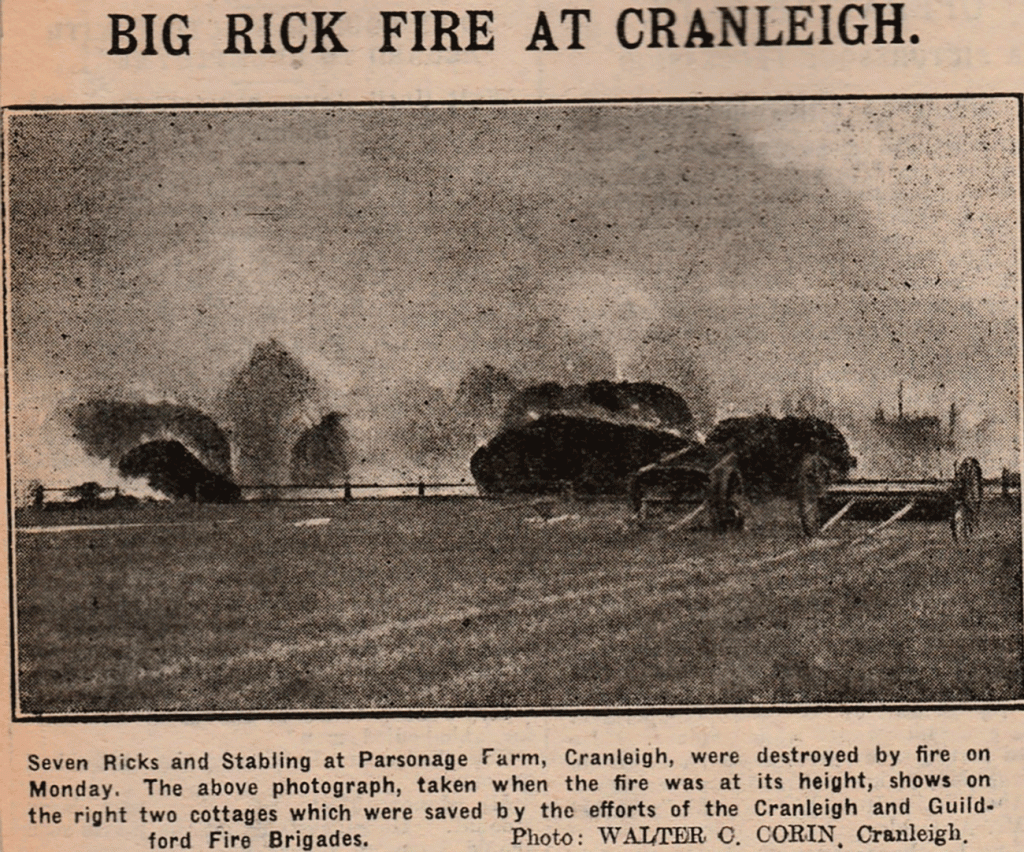
Also in August, a significant event was an ‘American’ lawn tennis tournament, held on part of the cricket ground on the Common. That meant a round robin competition, in which each competitor played all the others.
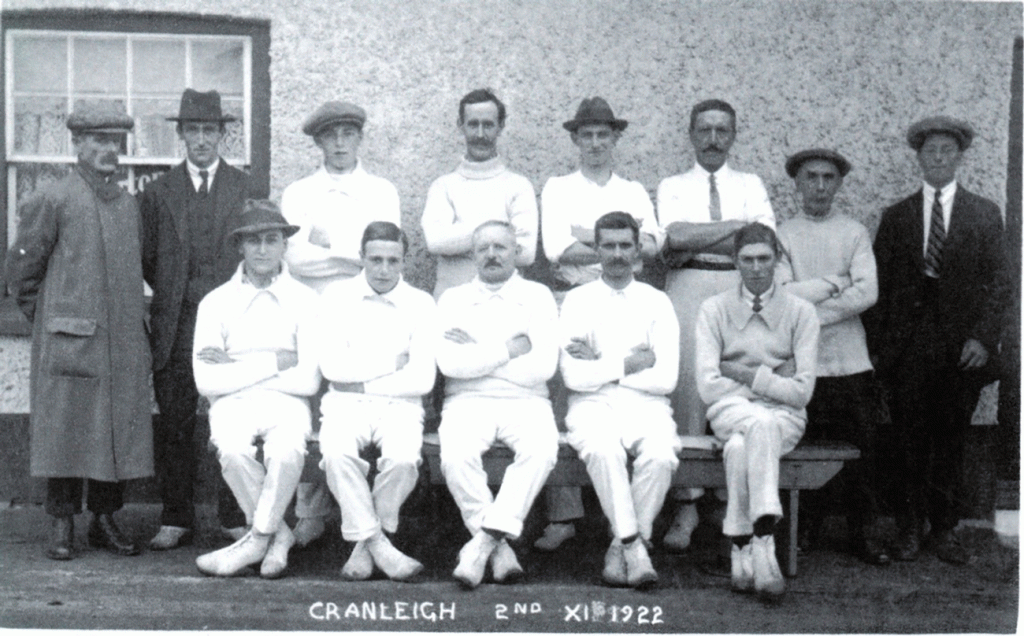
Percy Streeter, landlord of ‘The White Hart’ was captain (seated, centre)
It was such a success that, although Cranleigh did not boast a Lawn Tennis club at the time, a small committee of eight, under the chairmanship of Dr Alexander Walker, was appointed to arrange with the Lawn Tennis Association for an Open Tournament to be held, if possible, in 1923. This was the beginning of the Cranleigh Lawn Tennis Tournament, which drew crowds to Cranleigh each summer until 2010.
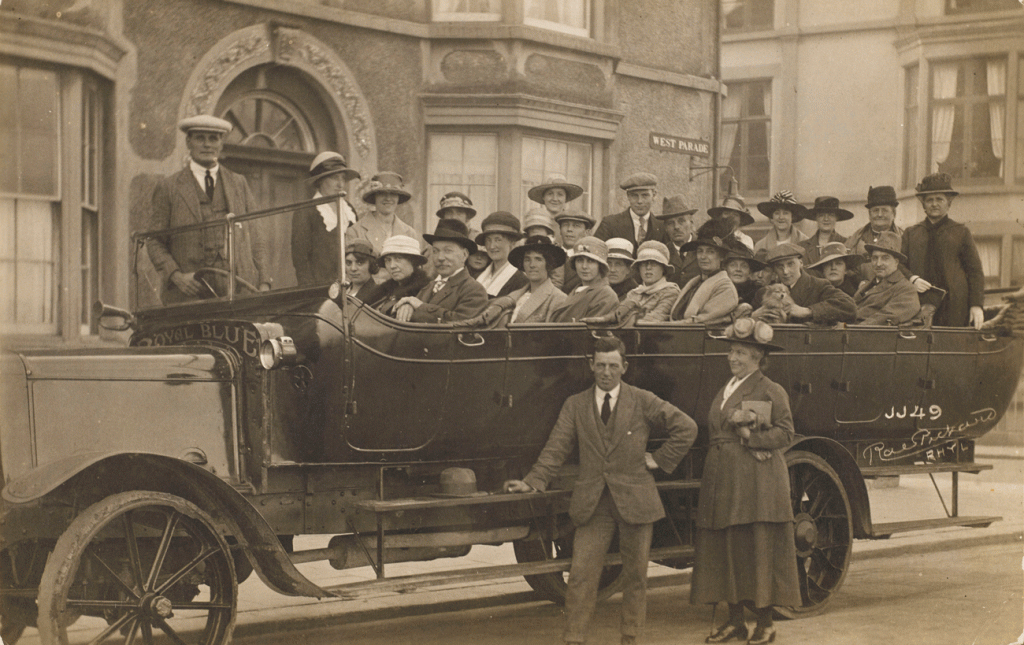
In September, adult members of the parish church choir went on an outing to Southsea ‘by motor char-a-banc’ – an exciting new form of transport. The church bell-ringers, meanwhile, went on a trip round some of the church towers in Sussex and tried out their bells.
A general election, held on Wednesday November 15th, was won by the Conservatives (led by Henry Bonar Law) with an overall majority over the Labour party (led by J.R. Clynes) and the divided Liberal party. The Guildford constituency, which includes Cranleigh, was held for the Conservatives by Sir Henry Buckingham. The Parish Magazine reported that ‘a very good spirit and temper prevailed’.

The Cranleigh History Society meets on the second Thursday of each month at 8pm in the Band Room. The next meeting will be on Thursday December 8th, when Ian Whittle will speak on ‘The genesis of the Jet’.



